
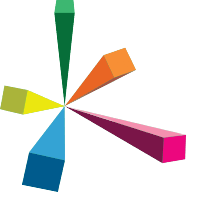
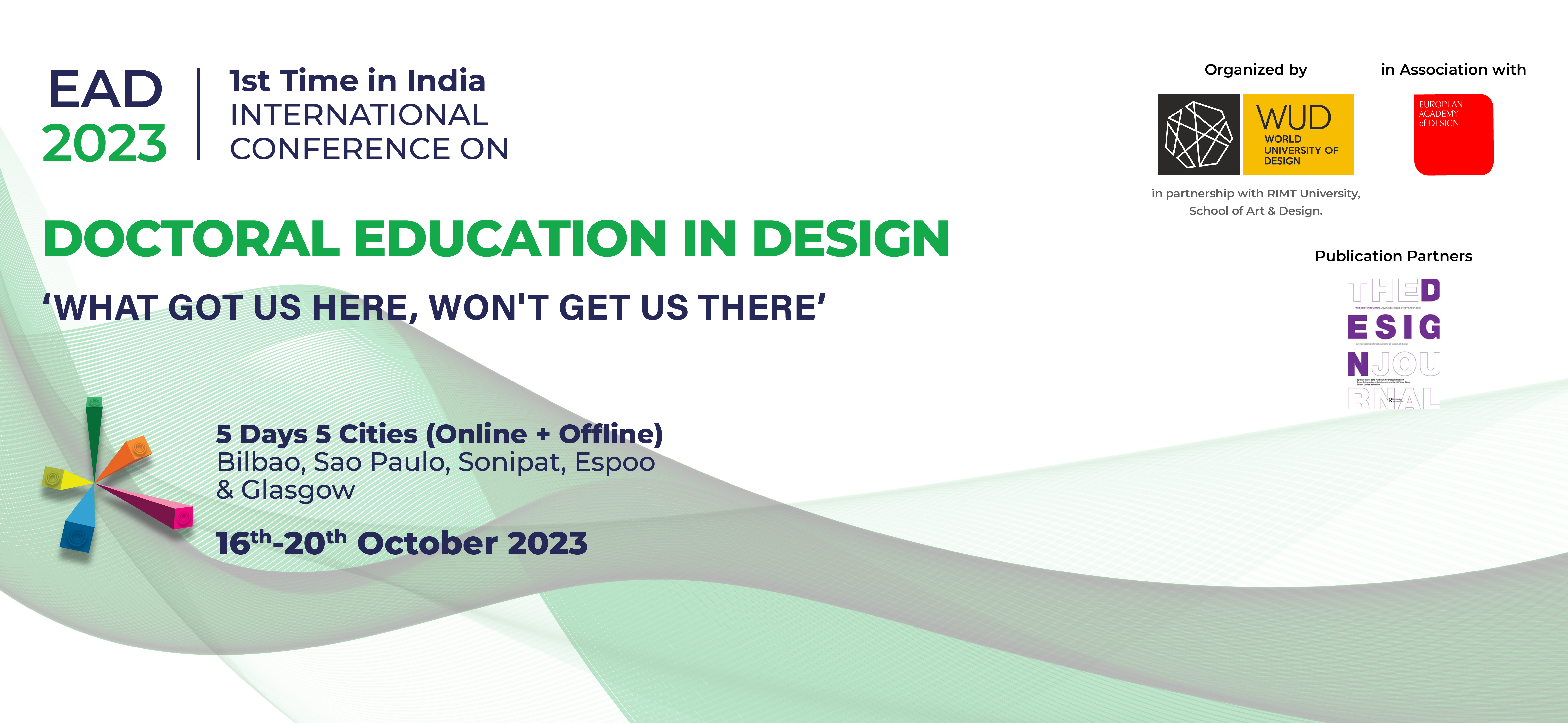
This biennial conference is organised by European Academy of Design (EAD) to connect with your values, grow your research leadership, and reflect on what is needed to fuel the future of design education. The 2023 conference will be delivered over five one-day events in five cities over four time zones. The conference explores doctoral design research and education and its role in defining agendas for the next 25 years.
With a single registration you’ll be able to attend the in-person conference at WUD Sonipat and the online conferences in 4 other cities. The in-person event at WUD Campus on October 18th, will have keynote addresses and presentation by more than 25 researchers. Also, in attendance will be about 150 delegates and invitees from major universities of Design across the country, industry, stakeholders, and doctoral students. For design academics and researchers, this will be a not-to-be-missed networking event.
Programme and Conference Chair:
Prof. (Dr.) Sanjay Gupta - Hon’ble Vice Chancellor, World University of Design, Sonipat, India
International Programme Committee:
Sonipat Hub Convener :
Dr. Neena Zutshi – Dean Academics, World University of Design, Sonipat, India
Sonipat Hub Organizing Committee:
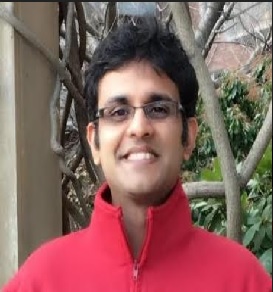 Speaker: Jay Dhariwal
Speaker: Jay Dhariwal
Organization: Indian Institute of Technology, Delhi
Title: How can we Change the World through Design Research?
Jay Dhariwal is an Assistant Professor at the Department of Design, IIT Delhi. His education has been at the frontiers of engineering, architecture and design in India and the United States. He is passionate about contributing to pressing environmental challenges facing the world through scientific thinking and interdisciplinary research. He is also incharge of IIT Delhi Makerspace and loves to teach functional prototyping to translate powerful ideas into reality.
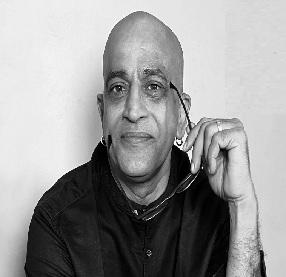 Speaker: Mukul Goyal
Speaker: Mukul Goyal
Organization: Designwise India Pvt. Ltd. Tattva Art Hardware and Studio Mukul Goyal
Title: Craft in Your Hands: The Interwoven Relationships between Tradition, Materials and Processes for Contemporary Design
Mukul Goyal's distinctive creative expression successfully walks the line between art and design, aesthetic and function. Mukul sells his products under two labels Tattva- a range of Hardware & his eponymous label Mukul Goyal, which consists of Objects for the home. The products sell from more than 200 stores in India & in about 30 countries internationally.
His Bespoke collaborations of installations, artworks & architectural features find pride of place in prestigious projects for various private and public spaces.The Studio continues to research and experiment with techniques, language and objects creating an eclectic line of accent pieces viz. furniture, lighting, screens and artworks. Mukul has studied Engineering at IIT Kanpur, Product Design at NID, Ahmedabad and Domus Academy, Milan. He has taught at various Design schools such as NID Ahmedabad, RMIT Melbourne, SPA Delhi. Mukul operates out of his studio workshop in Gurugram, India.
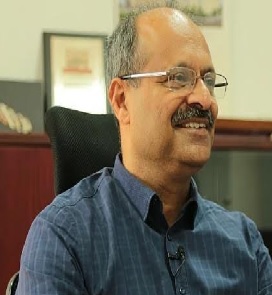 Speaker: Sudipto Mukherjee
Speaker: Sudipto Mukherjee
Organization: Indian Institute of Technology, Delhi
Title: Towards Developing the Mind's Eye
"Dr. Sudipto Mukherjee has B.Tech degree from IIT Kanpur in 1985 and his MS (1988) and Ph.D. (1992) degrees from Ohio State University in USA. He started his teaching career at IIT Kanpur in 1992 and has been at the Dept. of Mechanical Engineering at IIT Delhi since 1997. He has been Prof. Incharge Planning and Dean Faculty and he is currently the Henry Ford Chair Professor in the Department of Mechanical Engineering.
His areas of interest are in Design of Mechanical Systems, Robotics and Impact Biomechanics. He has been on the International Research Council for the Biomechanics of Impact (IRCOBI). He has over 80 papers in academic journals, 60 patents and has supported several technology-driven startup companies."
| Name | Institution Affiliation | Title of the Paper |
| Aastha Deshpande | World University of Design, Sonipat | Beyond User-Centered Design: Moving Forward with Responsible Practice in and Outside Classroom |
| Abhishek Kumar Srivastava | World University of Design, Sonipat | A Paradigm Shift from Human-Centred to Life-Centred Design |
| Dr. Akanksha Pareek | National Institute of Fashion Technology, Jodhpur | Craft of Temple Services: Pipli |
| Akshay Bhandral | World University of Design, Sonipat | Analyzing the Architecture Timeline of India on Social, Cultural and Ecological Parameters to Comment on Future Trends |
| Chenxi Dong | Jiangnan University, People's Republic of China | Interactive Design as Mediation for Social Connection Against Loneliness of Vulnerable People |
| David Sánchez Ruano | Tec de Monterrey, Mexico | Designing as Nature, Defining an Ontological Path |
| Gaurav Vaidya | Dhirubhai Ambani Institute of Information and Communication Technology (DA-IICT), Gandhinagar | Design, Emotions, and Theories of Product Emotion. A Review |
| Gautam Agrawal | New Delhi Institute of Management, New Delhi | Exploring Metaverse from Designing Sustainable Future Perspective |
| Ghita Ait Bensalah | World University of Design, Sonipat | The Impact of Socio-cultural Systems on The Animation Industry |
| John Varghese | World University of Design, Sonipat | Design for Sustainability, A Craft Based Approach |
| Komal Gehlatia | World University of Design, Sonipat | Exploring Opportunities for Fashion Brands in the Metaverse: Embracing Emerging Technologies in the Retail Industry |
| Lucile Haute | Université de Nîmes, France | Living with Kombucha, Taste, Feminism, Free Culture, Ritual |
| Nicolas Marechal | Feng-Chia University, Taiwan | Transitioning Fitness Habits into Sustainable Practice through the Study of the Green Gym Community |
| Padamchitt Saxena, Srikar AVR | Indian Institute of Technology, Hyderabad | Looking beyond Human Centred Design approach for bettering lives of Construction Workers in India |
| Sachin Datt | Sushant University, Gurgaon | Taxonomy of Educational Objectives for Value and Skill Education in Product Design Program |
| Simer Preet Sokhi | World University of Design, Sonipat | Exploring Non-Anthropocentric Design Principles in Indian Classical Dance |
| Siva Ganesh Babu | World University of Design, Sonipat | Impact of Personality Traits on Collaborative Fashion Consumption: A Review |
| Tapan Soni | Indian Institute of Technology, Hyderabad | Digital Banking Acceptance in Gen X Citizens of Urban India |
| Tejaswini Rai | Sushant University, Gurgaon | Defining Human Experience in Virtual Replicated Cultural Landscapes: A Case of Kashi Vishwanath Temple, Varansai |
| Vikas Kumar | National Institute of Fashion Technology, Patna | Understanding Minimalism and Sustainability |
| Yun LU | Edinburgh College of Art, UK | Not knowing with Plants as Animation Practical Strategy |
Itinerary: (SONIPAT – AGRA – SONIPAT) 275 Kms, Approx 4.5 hrs drive one way.)
0700 hrs: Pick up from conference venue, WUD Sonipat and Drive to Agra via express way.
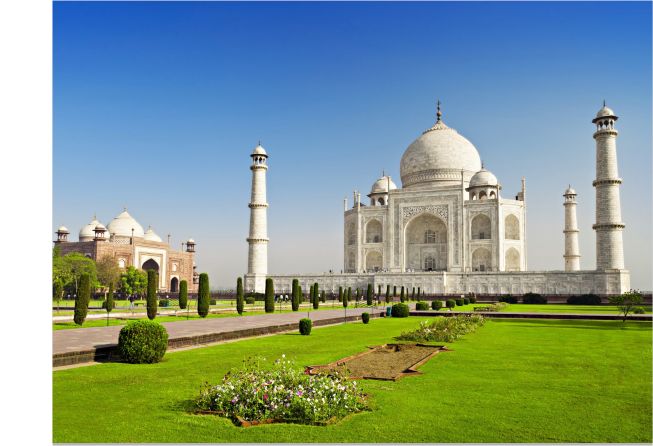 1100 - 1230 hrs: Upon arrival in Agra, visit Taj Mahal - world famous marble mausoleum built by Emperor Shah Jahan in the ever lasting memory of his beloved wife Mumtaz Mahal, It is widely considered as one of the most beautiful buildings in the world and stands as a symbol of eternal love. Taj Mahal is the finest example of Mughal architecture, a style that combines elements from Persian, Islamic and Indian architectural styles. In 1983, the Taj Mahal became a UNESCO World Heritage Site.
1100 - 1230 hrs: Upon arrival in Agra, visit Taj Mahal - world famous marble mausoleum built by Emperor Shah Jahan in the ever lasting memory of his beloved wife Mumtaz Mahal, It is widely considered as one of the most beautiful buildings in the world and stands as a symbol of eternal love. Taj Mahal is the finest example of Mughal architecture, a style that combines elements from Persian, Islamic and Indian architectural styles. In 1983, the Taj Mahal became a UNESCO World Heritage Site.
13:00 - 1400 hrs: Lunch at a deluxe restaurant
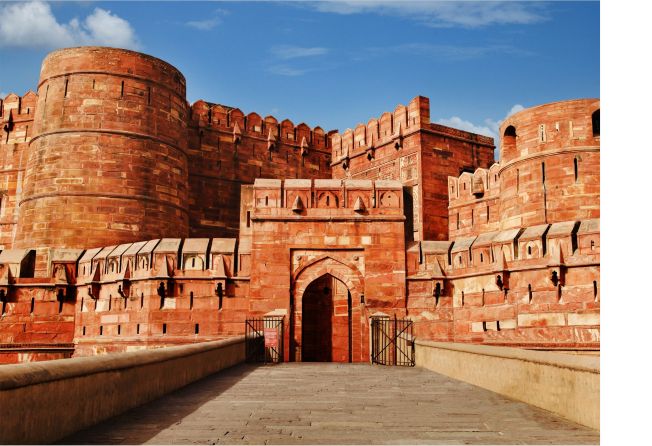 1415 - 1500 hrs: Visit Agra Fort which is a huge monument of red sandstone that dominate a bend in the river Yamuna, 2 km northwest of Taj Mahal was built by the Mughal during 1565-1571. The fort contains wonderful mosques and palaces in red sandstone and white marble erected by two generations of inventive builders during the time of Akbar and afterward Jehangir and Shahjahan.
1415 - 1500 hrs: Visit Agra Fort which is a huge monument of red sandstone that dominate a bend in the river Yamuna, 2 km northwest of Taj Mahal was built by the Mughal during 1565-1571. The fort contains wonderful mosques and palaces in red sandstone and white marble erected by two generations of inventive builders during the time of Akbar and afterward Jehangir and Shahjahan.
1530 - 1600 hrs: Shopping at Agra which is famous for its marble and soft-stone inlay work, leather goods, brassware and carpets which involve delicate yarn overlays. Semi-precious and precious jewellery in ornate Mughal style is also available.
1600 hrs: Drive back to Sonipat, reach Venue 20:30 Hrs (approx.)
Duration: 10 Hrs (Pick up at 9 AM from Conference Venue, Drop back at WUD, Sonipat at 7pm
Visit: The architectural marvels of Mughal Era – Humayun’s Tomb & Qutub Minar. Drive past India Gate and Parliament House. Shopping at the Dilli Haat)
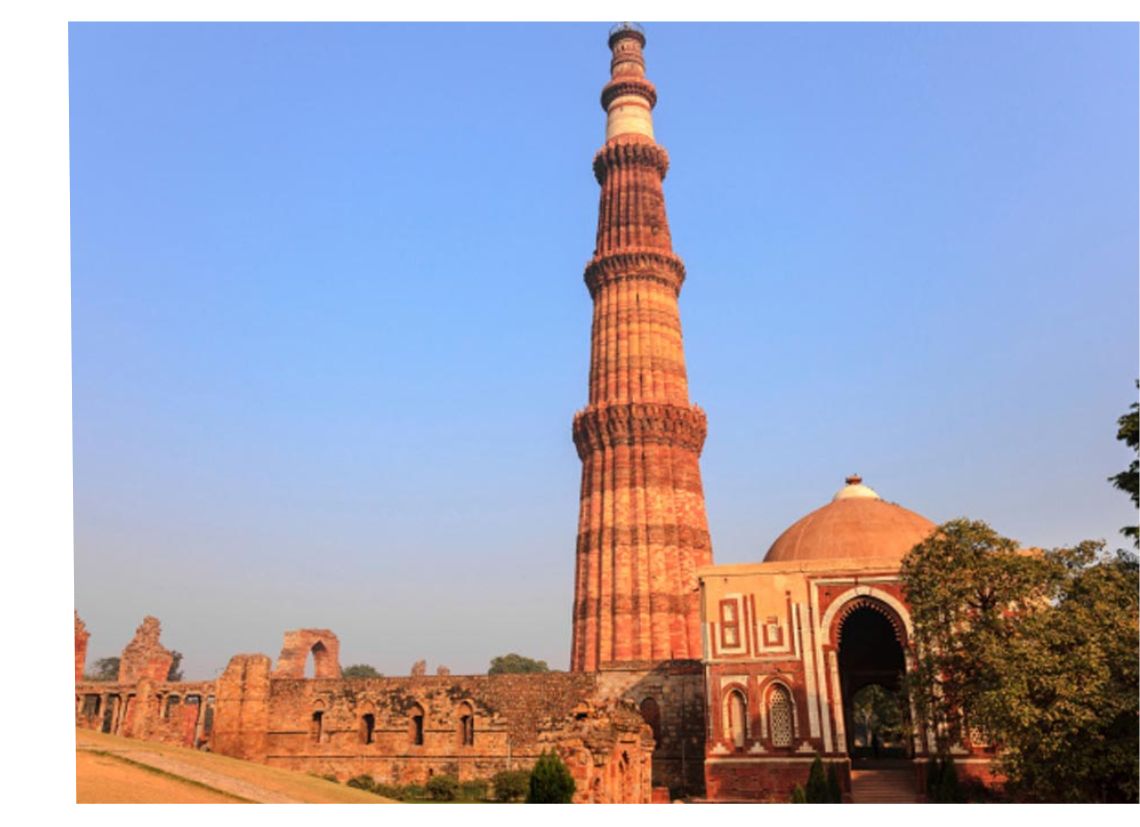 Qutub Minar complex at Mehrauli. Qutub Minar is the tallest stone tower in India and one of the greatest bequests of Islamic culture. This 72.5-metre-high tower dates back to the 13th century. At its base lies the Quwwat-ul-Islam Mosque, the very first mosque to be built in India. A famous iron pillar of the 5th century stands before it, that has remained rust free for 1500 years!
Qutub Minar complex at Mehrauli. Qutub Minar is the tallest stone tower in India and one of the greatest bequests of Islamic culture. This 72.5-metre-high tower dates back to the 13th century. At its base lies the Quwwat-ul-Islam Mosque, the very first mosque to be built in India. A famous iron pillar of the 5th century stands before it, that has remained rust free for 1500 years!
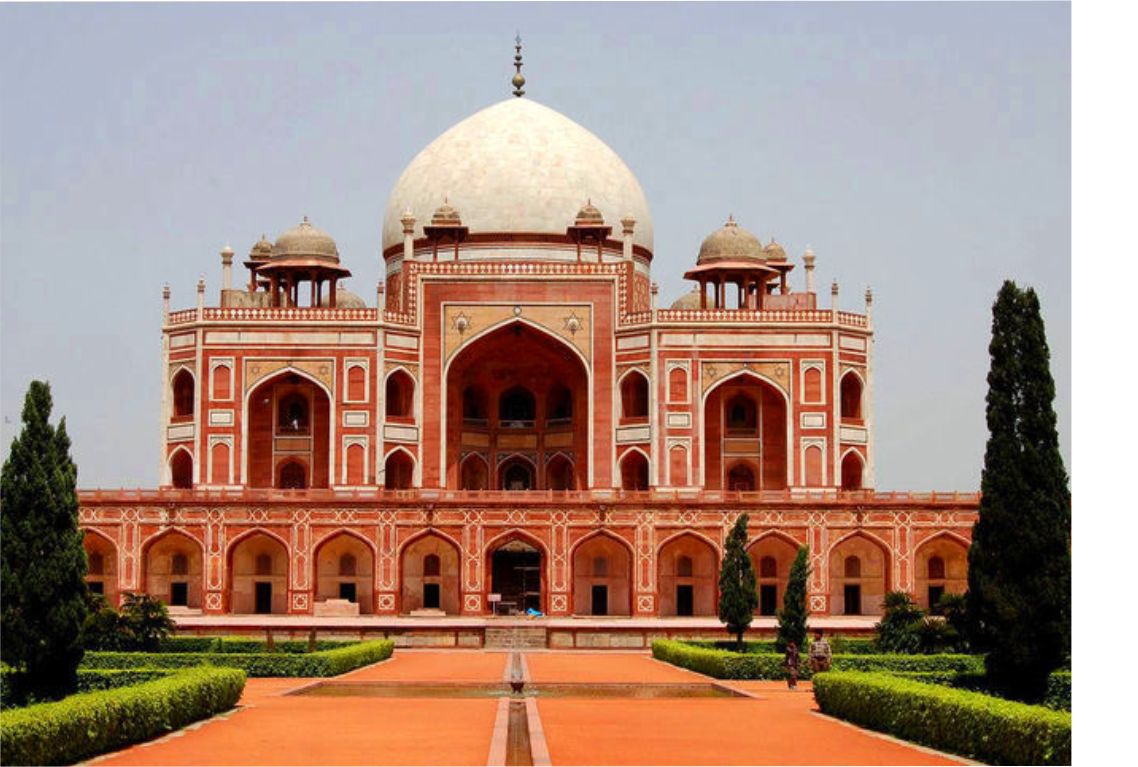 Humayun’s Tomb (a UNESCO World Heritage monument) Built by the widow of the second Mughal Emperor, Humayun, it is an outstanding monument in Indo-Persian style & a precursor to the Taj Mahal.
Humayun’s Tomb (a UNESCO World Heritage monument) Built by the widow of the second Mughal Emperor, Humayun, it is an outstanding monument in Indo-Persian style & a precursor to the Taj Mahal.
Drive past India Gate and Parliament House India Gate – the war memorial dedicated to Indian soldiers, who died during World War I. The eternal flame runs on gas and is a tribute to soldiers who lost their lives in the service of the nation.
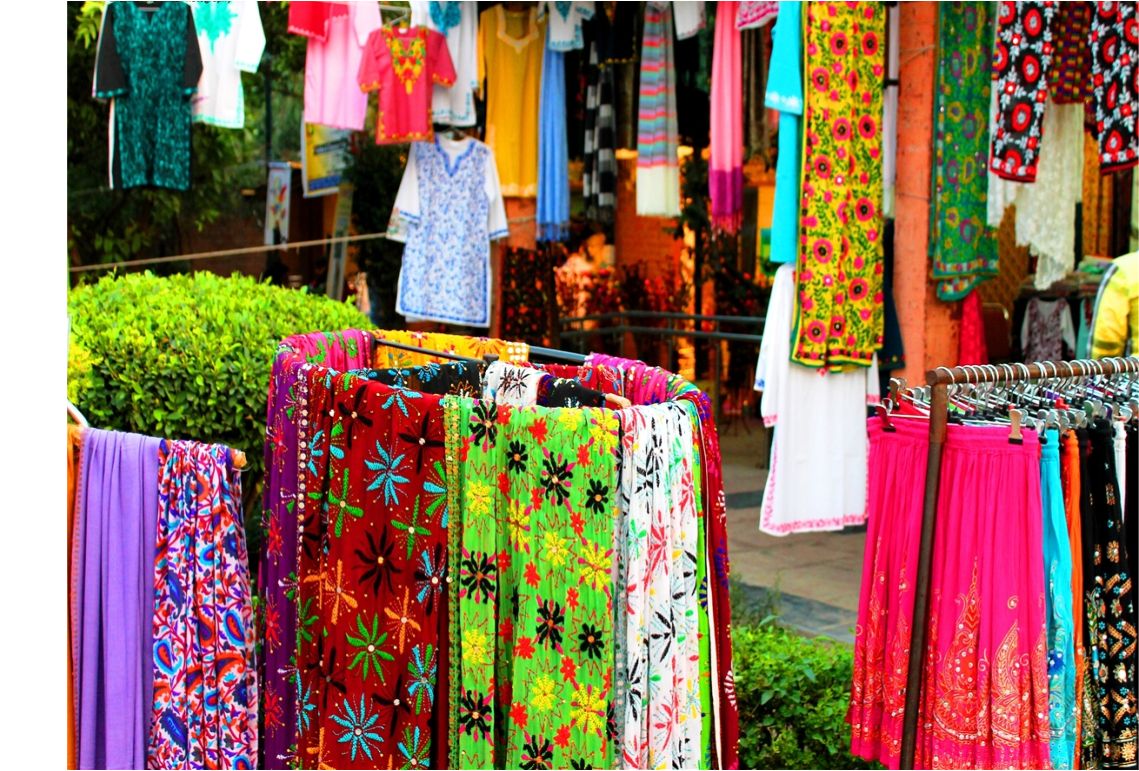 Dilli Haat (a village market setting), it transports you to the magical world of Indian art and heritage presented through a fascinating panorama of craft, cuisine, and cultural activities. It is the best place to buy Indian handicrafts and textiles.
Dilli Haat (a village market setting), it transports you to the magical world of Indian art and heritage presented through a fascinating panorama of craft, cuisine, and cultural activities. It is the best place to buy Indian handicrafts and textiles.
You can also savour the inimitable flavours of delightful local foods from various regions of India be it the momos from Sikkim or the Bamboo hot chicken from Nagaland, Kahwa & Kebabs from Jammu, Pooran poli from Maharashtra or the Gujrati Dhokla.
EAD 2023 Program Schedule – WUD, Sonipat
18 th October 2023 (IST, INDIA)
| 09:30 AM | Registration |
| 10:00 - 11:00 AM | Inaugural Session + Keynote Address I |
| 11:00 AM - 11:15 AM | Tea |
| 11:30 AM - 1:00 PM | Paper Presentation Session -I |
| 1:00 PM - 1: 15 PM | Poster Presentation |
| 1:15 PM - 2:00 PM | Lunch |
| 2:00 PM - 3:00 PM | Keynote Address II & III |
| 3:00 PM - 4:30 PM | Paper Presentation Session -II |
| 4:30 PM - 5: 00 PM | Concluding Session |
| 5:00 PM - 5:30 PM | Tea |
Register Now at https://forms.gle/LMMFc5dnoPHJERJF6
With registration you need to share the proof of fee payment
To be paid into account of World University of Design
A/c No.: 917010084355456,
IFSC Code: UTIB0000762
Axis bank, Amloh, Punjab - 147203
Email : conference@wud.ac.in
Contact : 9582786615